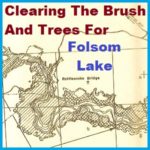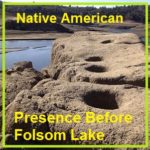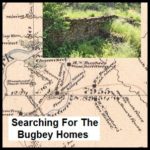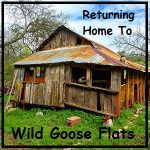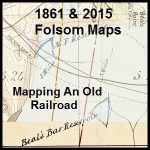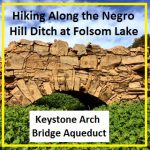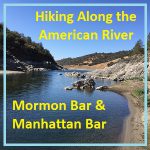Bugbey commissioned Yanke to compose a galop and a waltz. The galop premiered on July 4, 1870. Bugbey was heavily involved in politics and the Republican Party at the time. So his galop was part patriotic pomp and part marketing for his sparkling wines that he was shipping to the East Coast market and Europe. Similar to the Railroad Kings Galop, Bugbey’s Champagne Galop displayed his image on the cover of the sheet music. His portrait is surrounded by grapevines and bordered on one side by an overflowing champagne flute and an exploding cork and champagne bottle on the other side.



